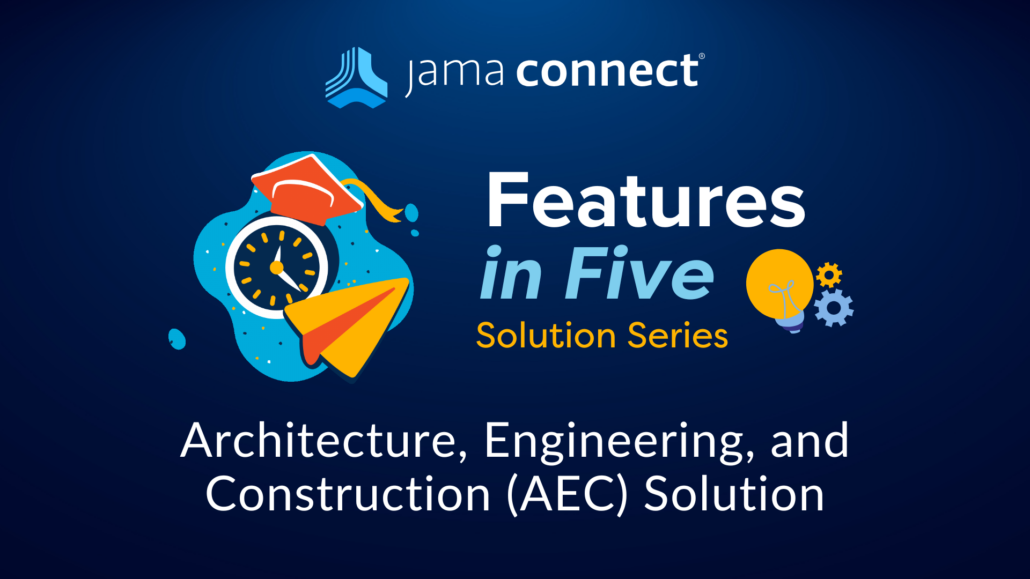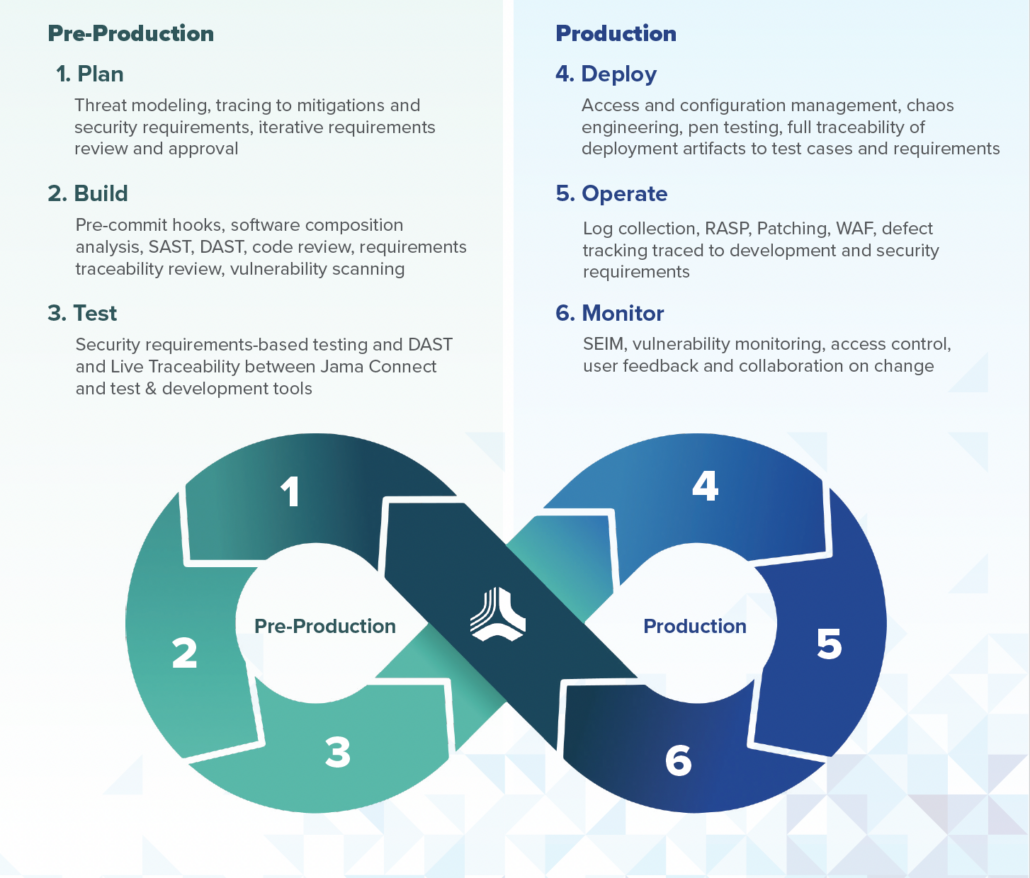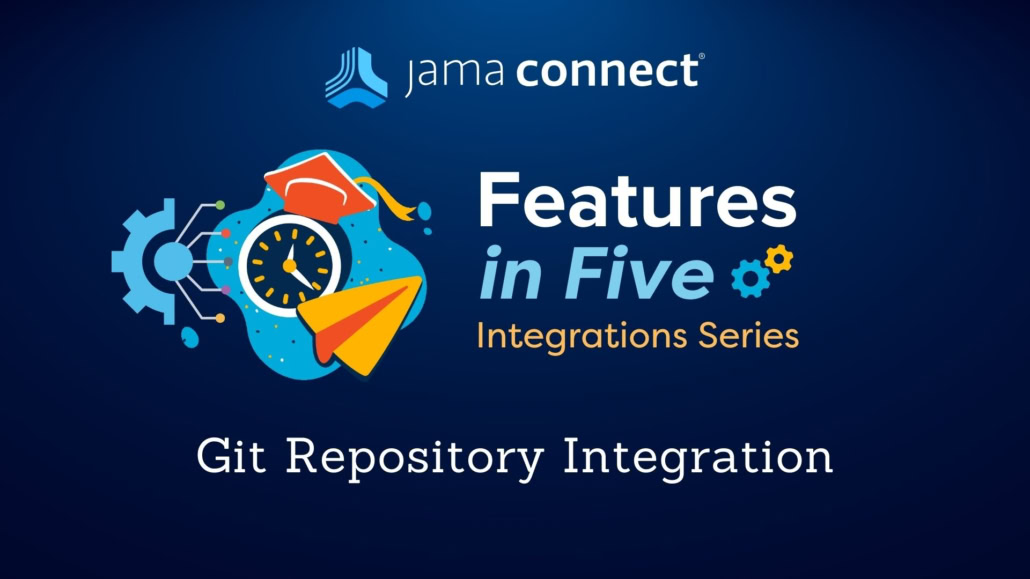
In this blog, we overview our customer story, “Innovating Aviation with Jama Connect® and Vertical Aerospace.”
Vertical Aerospace Achieves New Heights with Jama Connect®
Vertical Aerospace is revolutionizing the aviation industry with sustainable, cutting-edge aircraft like the VX4. To meet ambitious goals and regulatory demands, they turned to Jama Connect. By integrating this powerful platform, Vertical Aerospace achieved seamless certification compliance, improved collaboration, and accelerated their innovation process. With Jama Connect’s Live Traceability™ and intelligent project management capabilities, they’ve streamlined complex workflows and stayed ahead in an industry demanding nothing less than first-rate precision and speed.
Discover how Vertical Aerospace transformed their development process and realized their vision for sustainable aviation.
Key Benefits Vertical Aerospace Experienced:
- Smooth Certification Compliance: Simplified handling of configuration changes.
- Enhanced Collaboration: Merged data for smarter decisions.
- Streamlined Workflow: Eliminated bottlenecks for efficiency.
- Tailored Flexibility: Customized tools for specific needs.
- Faster Innovation: Delivered results with expert support.
Watch the video HERE or click below to see how Jama Connect can help your team succeed.
RELATED: Jama Connect for Airborne Systems
VIDEO TRANSCRIPT
Kirsty Boyd: Here at Vertical, we are pioneering electric aviation. We’re transforming how the world moves, and through that, we’ve created the VX4. The VX4 is a masterclass in eVTOL aircraft built specifically for sustainable travel and the use case in order to move people faster, better, leaner, more efficiently. For certification, we have to be very black and white. We have to really understand our limitations, our performance of our aircraft. The decisions in the design process that go into those solutions needs to be very well understood. And as you go through the process, things change. Configuration management is a massive part of what we try and do, and we have to be able to prove to the regulator that we’ve identified what those changes are, we’ve dealt with them in an appropriate way, and that we’ve got traceability from top to tail of that.
Karl Mulcahy: So Jama Software is the name of our company, and Jama Connect is the name of our platform. Our platform helps customers to embrace live traceability across the product development lifecycle and ensure that innovation succeeds. It’s a collaborative platform to bring everybody together to make sure that we combine data sources and intelligently make better decisions about our projects, to help you identify gaps in your traceability, to help remove bottlenecks, but ultimately to help bring your industry expertise to companies like Vertical Aerospace and help realize their innovation faster.
Kirsty Boyd: Vertical understood that we needed requirements management in order to certify the platform. And so we did a trade study to analyze different tools that were available in industry. We were looking at cost, efficiency, how flexible they were, how we could tailor them, and we down-selected Jama Connect.
Karl Mulcahy: So Jama Connect helps to bring our industry expertise to forefront. And what that means is we can help provide common ways of working that we’ve used with other clients and working with industry bodies to help streamline compliance or certification mandates.
Kirsty Boyd: We’re trying to do something completely and utterly new here. We don’t have an option for second-rate. We have to use incredibly intelligent partnering in order to meet our timescales, our deadlines, our technology advancement. We don’t have a choice but to go for first-rate partnering.
Karl Mulcahy: Personally, I’m very proud to work with Vertical Aerospace. It’s something that’s brand new in terms of the industry. I know Vertical are at the forefront of the industry. My little boy does ask me a lot what I do for a living. I tell him I work with rockets and planes and to show him this maybe at some point, I’m sure he’s going to be very excited to see it. And maybe one day, he’ll ride in one too.









